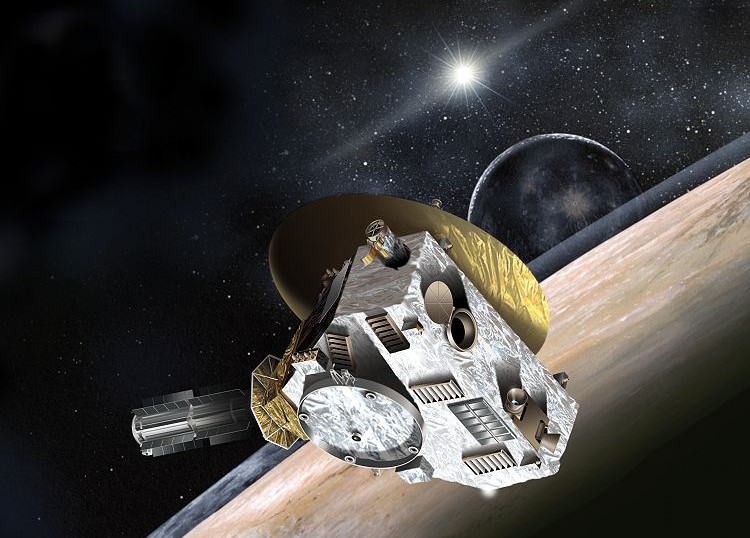Now that’s a tune for a space geek’s ears. This is a highly modified sound bite of ranging signals between the Pluto-bound New Horizons spacecraft with NASA’s Deep Space Network (DSN) receiving stations.
What are the changes? The frequency has been altered to something that human ears can hear, explained a scientist in a New Horizons blog post this week:
“The ranging technique is just like seeing how much time it takes to hear the echo of your voice reflected off some object to measure how far away you are,” stated Chris DeBoy, New Horizons telecommunications system lead engineer who is with the Johns Hopkins Applied Physics Laboratory.
The ranging code first emanated from the DSN, which sent it to New Horizons. The spacecraft demodulated (or processed) the signal and sent it back to Earth. The DSN then calculated the delay (in seconds) between when it sent the signal, and when the answer was received.
“The DSN’s ‘voice’ is a million or more times higher in frequency than your voice, travels almost a million times faster than the speed of sound, and the round-trip distance is more than four billion miles,” DeBoy added.
In this case, the signals were sent June 29, 2012 from a DSN station in Goldstone, California. The answer arrived at a fellow DSN station in Canberra, Australia and yielded a round trip time of six hours, 14 minutes and 29 seconds.
Despite its great distance away, New Horizons is still almost two years from its brief encounter with Pluto and its moons in July 2015. Some interesting trivia about the mission: some Plutonian moons were discovered while the spacecraft was en route. Shows how quickly science changes in a few years.

